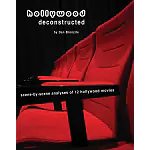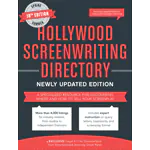Tag: antagonist
Whose Point of View Is It?
Unless you are writing an ensemble movie like Robert Altman’s Short Cuts you will typically focus your story on a central character’s journey and the obstacles thrown in his…
Character Arcs are the Foundation of an Engaging Story
So what is a character arc, you ask? Sounds complicated. Well, it doesn’t have to be, although a complicated character arc may be just what your screenplay needs. A…



